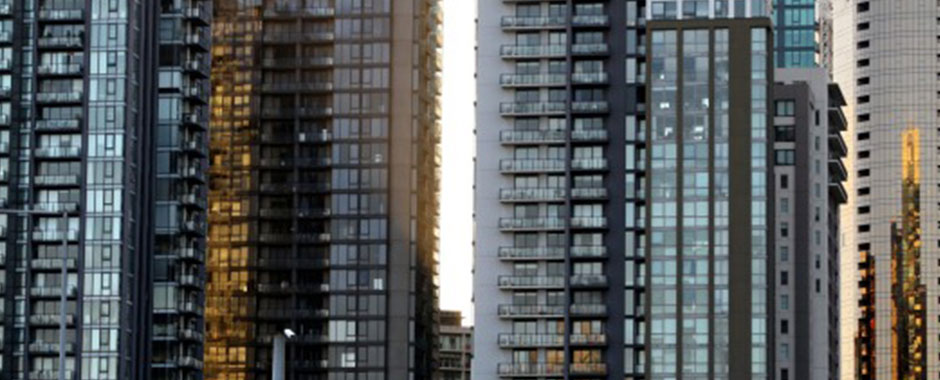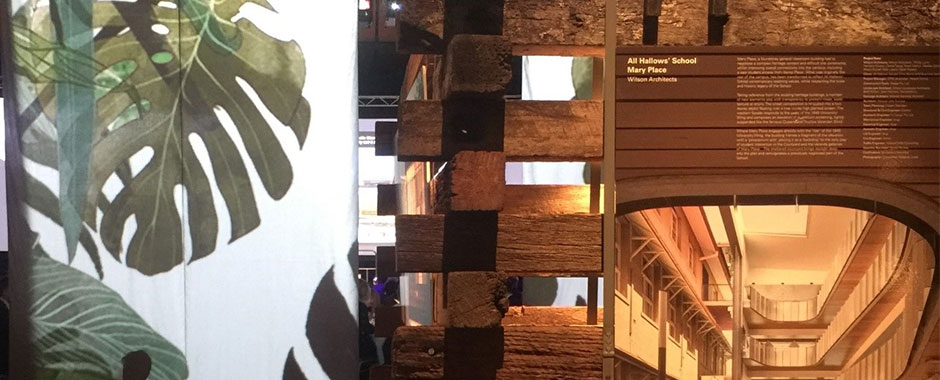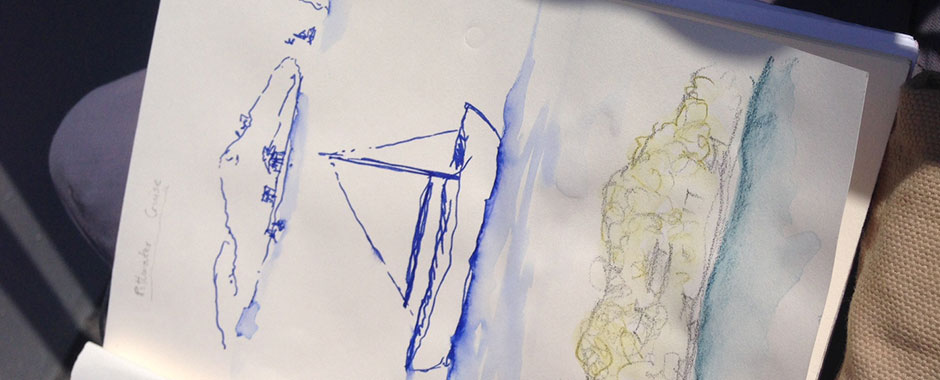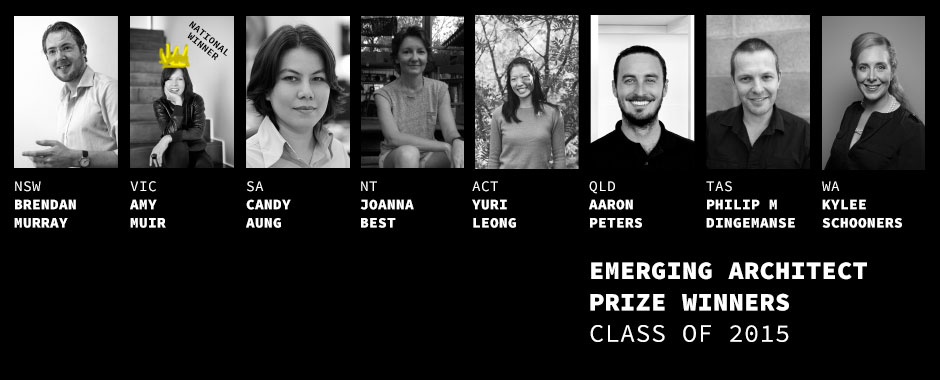Melbourne’s population has doubled since 2000 and continues to grow at a rate of approximately 100,000 residents per year. With average occupation at 2.1 residents per dwelling, this equates to a demand for almost 50,000 dwellings per year. Why then is the threat of oversupply featuring so prominently in the media and in housing market reports for Melbourne?
Simon Knott (BKK Architects), Nellie O'Keeffe (Grocon), and Richard Stokes (ARUP) talk to members of the Australian Institute of Architects, Victoria Chapter about the state of the multi residential housing sector and how they are pushing the boundaries to create innovative, affordable and sustainable housing people actually want to live in.
In a report conducted by the Grattan Institute, Jane-Frances Kelly analyses different housing types in major Australian cities such as Melbourne and found that supply, which mostly consisted of single detached houses on the periphery and large multi-story developments in places like Docklands and the CBD, did not necessarily reflect demand, and that there was a latent demand for different housing types.
Knott suggests there has been a shift in sentiment towards apartment living as a lifestyle option, with more dwellings being owner occupied by the downsizer market, particularly in middle-ring suburbs. BKK Architects’ Cirqua Development in East Ivanhoe revealed a demand for quality design, larger living spaces and environmental performance, with sales exceeding the average square metre rate for the area by 10%.
Knott emphasises the importance of community consultation and place making in their work, and the need for positive amenity in multi residential development such as generous outdoor spaces, community gardens and rooftop terraces where people can engage in conversation beyond the obligatory lift lobby chit-chat.
He also says we need to think beyond retail as a means of activating the ground plane and provide a greater diversity of opportunities for interaction such as public art squares, leasable pods for pop up market stalls, bike repair sheds and short term incubator spaces for startups.
Stokes, who recently joined ARUP Melbourne from the UK, stressed the importance of specifying quality glazing in multi residential developments. He cites air leakage, heat loss and thermal bridging as the main reasons for unnecessary reliance on mechanical systems to maintain thermal comfort in the comparatively temperate climate of Melbourne. He has also noticed a tendency towards treating glazing with darker tinted film to meet performance requirements rather than designing each façade to respond to its orientation, resulting in spaces that lack the benefits of solar heat gain in winter.
Central to any conversation about quantity is quality. We have seen a number of examples of terrible high-rise housing resulting from the overheated property market in Melbourne that will remain as blemishes on the city skyline for decades to come. There may well be an oversupply of air-conditioned shoeboxes in the sky, but there is a dire need for more considered development to house our growing population and provide amenity for the wider community.
The architect-led Nightingale Model is testament to the success of community engagement and the importance of a coherent view on development from all authorities concerned. There is no one-size-fits-all approach to delivering sustainable, affordable and high quality housing, and it is up to the innovators of our industry to deliver on community need and bring new solutions such as this to the table to prove our value.
Written by: Beth Xotta-Dickson of XOTTA Architects (Victorian Event Correspondent for AWS)
After working for a number of award winning architecture practices in Melbourne, Sydney and Milan, Beth Xotta-Dickson started her own practice XOTTA Architects, an emerging design driven studio focusing on residential, hospitality interiors and education facilities. She is an active member of the Melbourne architecture community, participating in New Architects Melbourne (NAM), The Australian Institute of Architects Constructive Mentor Program, The National Association of Women in Construction (NAWIC) Mentor Program, and is an occasional SONA workshop tutor at the University of Melbourne.













